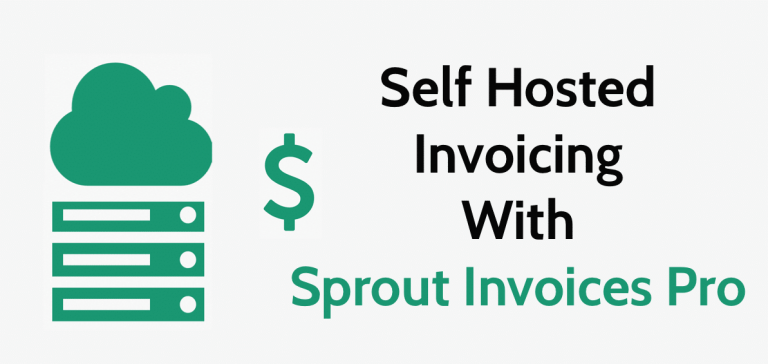Meta-WHAT? Google Meta Titles & Descriptions Update

There’s a lot of talk going on right now about Google increasing their Meta Titles and Meta Descriptions, but what does that have to do with you?

^ This is exactly how it can feel with online marketing. Trust me, we’ve all been there, but that’s what this article is all about, learning how all these changes can help businesses get to where they want to go and overall make their business more competitive online.
Well, after doing some research (lots and lots of research) I’ve found some pretty interesting changes Google’s doing to help searchers find what they want and the businesses to better explain what they do. Ba Boom! Everyone wins.
In this article, here’s what I’ll cover to help your business keep up with the newest trends in 2018:
- What are Meta Titles and Descriptions
- How the title and description increase will affect your business
- Tips for Titles and Descriptions
What are Meta Titles and Descriptions
Meta titles are search engines’ brief description of the content, and it is the most important part for search engine optimization (SEO); here’s an article that the Big Boss, Alex, wrote to get a better understanding of what SEO is for beginners.
Meta descriptions are snippets that briefly summarizes the content that each webpage will go over. Below is an image that shows the difference between the two.
Title- “The 15 Best Taco Spots in LA-MUNCHIES”
Description- “Even if you have … devour the best elote to ever…”

How the title and description increase will affect your business
In this day of age, almost EVERYONE uses Google. Society has been saying “Google it” instead of “search it” for years now, and that says a lot about how much power Google really has online. But how will the increase of Meta Titles and Meta Descriptions directly affect you and your business?
What Google did was increase the titles from >60 characters to roughly 70 characters, and increase descriptions from >160 to >300 characters to 320 characters. Here’s an article about the increase of Meta Descriptions. More characters equate to more words for a page title and description, increasing the SEO, and the possibility that the reader will click on your page!
Here’s an example of how it works step by step:
When a business owner is looking up WordPress website creators and DigiSavvy shows as one of the best (duh) they want to know more of what DigiSavvy does and searches, “Digisavvy about”. The title that pops up is, “About DigiSavvy, a WordPress & Digital Creative Agency”; this title is straightforward and 55 characters.
They want to know more before clicking the link and read the description, “About. DigiSavvy was born in 2010 and it was the brainchild of Chris Tolar and Alex Vasquez while playing a game of Magic: the Gathering. Since then, DigiSavvy has evolved from building “neat” websites to building goal-driven business solutions for a variety of businesses and organizations.” Totalling 291 characters.
With the increase of characters the title can be more descriptive, for example, “About DigiSavvy, a WordPress Website Creator & Digital Marketing Agency”.
The description can have a few more keywords added to catch the eye of the reader and accurately describe what the variety of business services are.
The business owner has a good understanding of the title and description and clicks your page. More clicks equal more business!
This sounds all dandy as if the force is with you young Padawan… but with great power comes great responsibility.
Tips for Titles and Descriptions
The truth is that the increase is hands down awesome for businesses, however, this increase can also lead you to the dark side easily.
Here are a few helpful tips from Google discussing good titles and snippets:
Tips for Meta Titles
DON’T be Vague- SEO is focused on wording and the more accurate and descriptive your pages are, the better. Don’t use a title like “Home”, because it doesn’t tell the reader what the page is about and frustrates them.
Keyword Stuffing- What people tend to do is add a keyword multiple times to increase their site’s ranking, but in reality looks spammy and plain out dumb. Here’s an example Google wrote when explaining “keyword stuffing”:
“We sell custom cigar humidors. Our custom cigar humidors are handmade. If you’re thinking of buying a custom cigar humidor, please contact our custom cigar humidor specialists at custom.cigar.humidors@example.com”
“You” Titles- Your titles are a part of you and your business’s branding. For. Every. Single. Page. Add your name at the beginning and end each page title with what’s different about that page versus the others. This helps look less repetitive and differentiate what the reader is looking for.
Tips for Good Meta Descriptions
Add Meta descriptions for each page- These descriptions can influence the readers by knowing what the page will be about and the relevance it has to what they’re searching for.
Include tagged facts in the description- Tagged facts create a better understanding of readers which also can be bolded when worded exactly as searched.
Quality over quantity- This point is where you want to be careful. Like I mentioned, having more characters is great, but quality character and words are more impressive than quantity. Don’t add words that increase your description, but don’t add value to the reader before clicking on your page.
Final Thoughts
The true purpose of this article is to show business owners that it really comes down to the basics:
What value does this information contain? What is the central theme? Am I using natural language?
Google Meta Titles and Descriptions are nothing to fear. Stick to these tips and you’ll be rocking online in no time. I hope this helps!
Get Notified When We Publish New Content!
Join more than 2,500 people who get our marketing automation, business marketing, and WordPress news!





